How and with what to dye fabric at home?
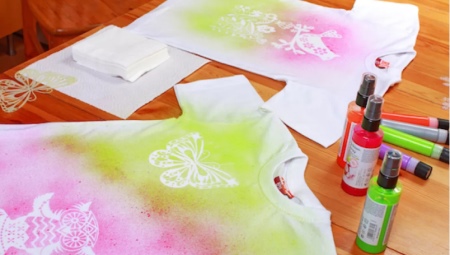
Home dyeing is a great way to restore old items or make a new garment more unique. If you use high-quality dyes in your work, the matter will remain bright and high-quality for a long time.
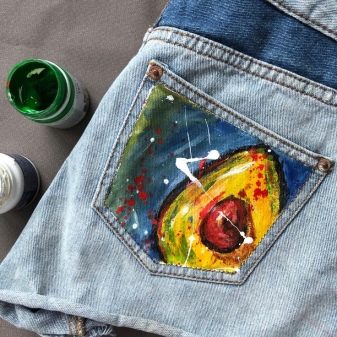
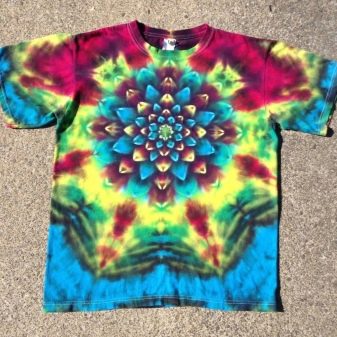
What can be painted?
To dye fabric at home, you can use both purchased dyes and folk remedies.
Artificial colors
The following types of paint can be used to dye the fabric or decorate it with various patterns.
- Acrylic. Most often, water-based acrylic paints are used for dyeing fabrics. They are bright and completely safe for human health. The paint lays on the fabric in an even layer. The pattern retains its brightness and attractiveness over time.
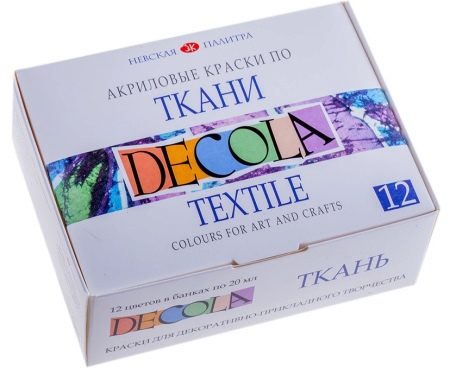
- Aniline paints. Such formulations can also be used for home dyeing of fabric. The fabric can be easily dyed using the ombre technique with bright aniline dyes. Clothes with a gradient look spectacular and bright.
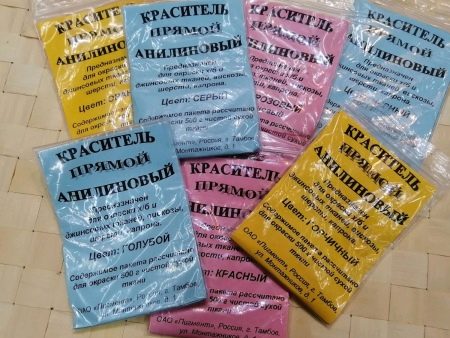
- Plastisol paints. Compositions capable of reflecting light in the dark or under the influence of ultraviolet rays can be used to decorate clothes. They are harmless to human health. Therefore, they can be used to color any things.
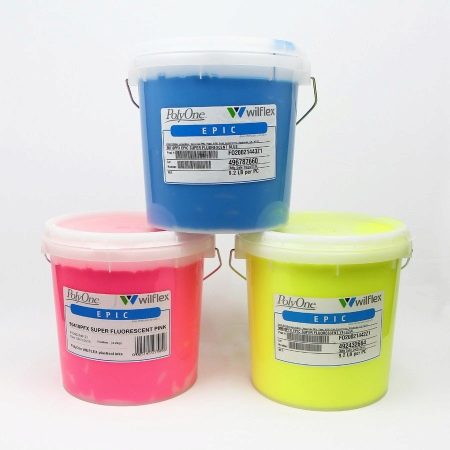
Combining several types of materials when painting one thing is not worth it.
Folk remedies
Simple natural remedies for fabric dyeing are time-tested. They are hypoallergenic, which means that even people with sensitive skin or small children can use them. The following products are most often used in the work.
- Tobacco. Most often, tobacco infusion is used to dye brown clothes.Such a product helps to keep things bright. Infusion of tobacco also returns a richer shade to black products. To prepare the coloring composition, 15 grams of tobacco are diluted in 500 ml of water.
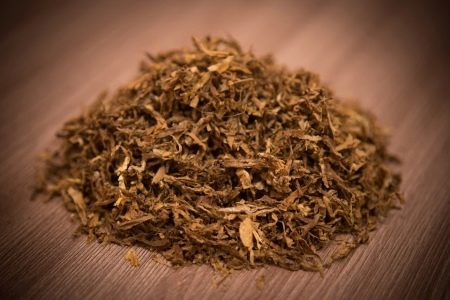
- Black tea. Light colored clothes can be easily dyed with tea. This helps to give it a creamy color. Stronger tea is used to color things in deeper shades. This natural dye is not suitable for working with colored fabric.
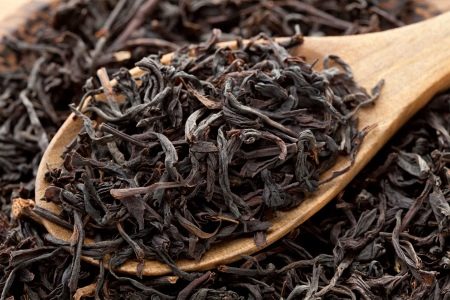
- Coffee. Coffee is also often used to dye light-colored clothing. After rinsing white things in a strong drink, a person can give them a light yellowish tint. But this result does not last long.

- Onion peel. Dry onion peels are also often used to color things. The solution helps to give them a yellow or light green color. The more husk is used, the more intense the shade will be.
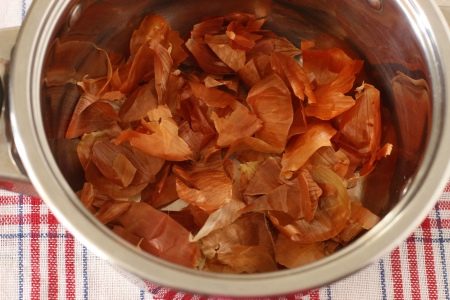
- Beet. Quite a popular option is dyeing things with beets. The juice from this product helps to give fabrics a rich pink or vibrant purple color.

- Fresh berries. Berry juice is often used to give things a bright color. Blueberries and blackberries ensure that things turn blue. Elderberry can also be used in work. It helps to color the matter red. You can give things a shade of orange by working with sea buckthorn.
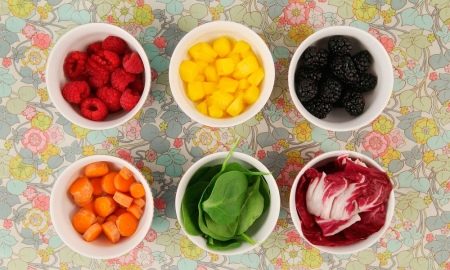
- Spices. Most often, things are dyed with cinnamon and turmeric. In the first case, things can be given a light brown tint, in the second - orange.
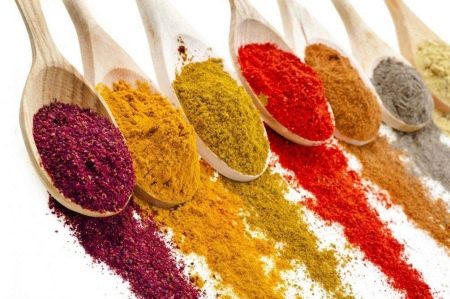
- Henna. Natural henna can be used to color things in different shades of brown. It adheres perfectly to the fabric and does not fade for a long time. You can dye the thing black using regular hair dye. Most often, denim is tinted in this way.
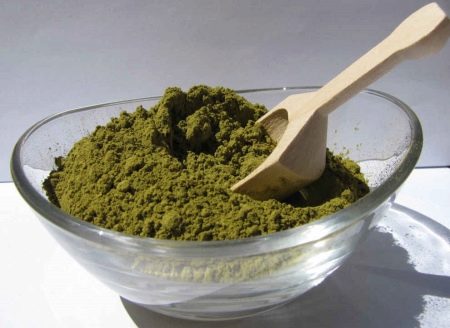
- Potassium permanganate. This product is used to dye fabrics pink. The effect appears very quickly. Therefore, the process of working with fabric does not take much time.
The same color can appear if a person uses fucorcin.
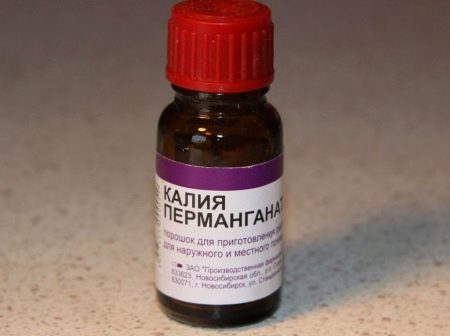
- Zelenka. This product dyes fabric very quickly. To obtain a green-blue color, the thing is immersed in water with brilliant green for just a few seconds. By holding the matter in water, you can get a richer color.
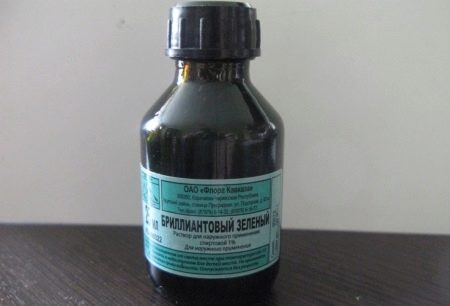
- Blue. This product is commonly used for dyeing denim. Blue can brighten the color of the denim.
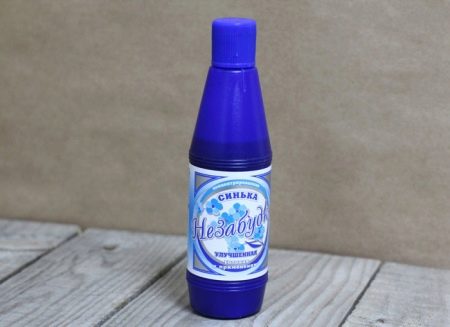
- Iodine. This antiseptic helps to give things a light yellow-brown color. They work with him according to the same principle as with brilliant green or potassium permanganate. The longer the fabric is dyed, the more saturated the color is.
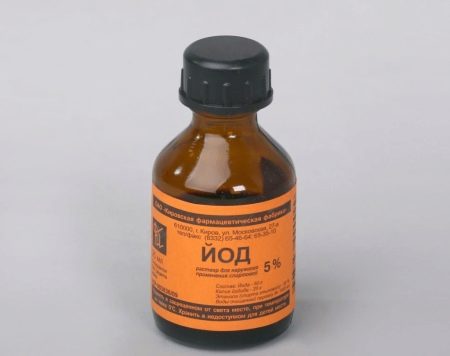
All of these products are safe for human health.
Preparation
Before dyeing things, it is very important to prepare them correctly.
- First you need to study the composition of the material. It is worth remembering that things made from natural fabrics are best dyed. Dyes adhere very poorly to synthetics. In some cases, things may not be colored at all.
- The product must be washed before painting. Once they are dry, it is important to make sure they are free of stains. Burnt areas are colored differently. Therefore, the resulting color may not be uniform.
- For the preparation of solutions, it is worth using soft water. To do this, add a teaspoon of soda to 10 liters of liquid. Then you can add dyes there. Instead, it is also allowed to use distilled, melted or settled rainwater.
- Attention should be paid to the preparation of the workplace. First you need to choose a suitable container. It should be pretty deep. It is best to dilute the dye in a glass or enamel container. Use wooden sticks to stir and turn things. They should be carefully processed, removing all knots and roughness. This is necessary so that the person does not damage the fabric during work.
- HIn order not to stain the skin of the hands, it is worth washing things with thick rubber gloves. If this is not done, the paint will be very difficult to clean.
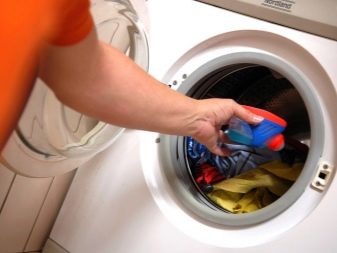
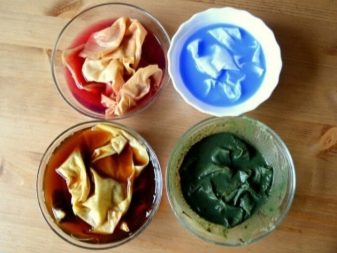
It is worth remembering that if a person plans to paint several things at once, they need to be painted in turn.
Dyeing different fabrics
When dyeing various fabrics, the characteristics of the selected materials must be taken into account.
Silk
Silk products must be washed before dyeing. The artificial color is diluted in warm water to form a thick paste. After that, the paint is added to a container with clean water and mixed thoroughly. Then a silk product is placed there, a small amount of salt is added.
The composition is boiled over low heat. After half an hour, the stove is turned off. Next, the thing is left in a saucepan with warm water for another half hour. The fabric dyed in this way must be rinsed correctly. First, it is washed in hot water, and then in cold water. When rinsing the cloth, add a tablespoon of vinegar to the water.

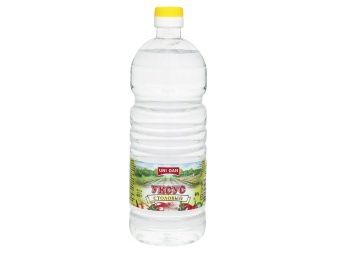
Cotton
It is on cotton fabric that the paint lays down best. For dyeing, you can use both purchased and natural dyes.
Store products are diluted in the correct proportions before use. After that, the composition is heated to 45–55 degrees. The thing is placed in an empty container and filled with a dye solution. Cook for 20 minutes. After that, a small amount of salt is added to the container. The contents of the pan are mixed. Then the fabric is boiled for another 20–40 minutes. It all depends on how saturated the color of the matter should be in the end.
The fabric prepared in this way is taken out of the container and washed with warm water.
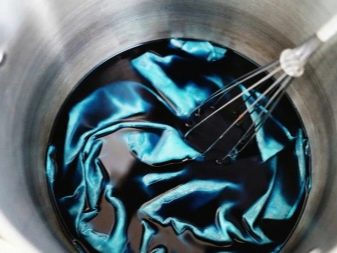
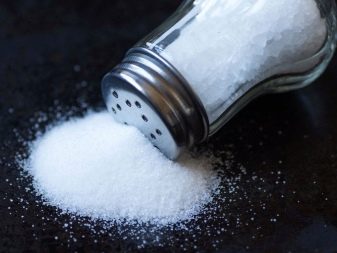
Linen
Dye your linen fabric faster. The right amount of dye is thrown into the water. After that, the thing is boiled in a container with liquid for half an hour. The painted product must also be rinsed in water and vinegar. It should be cold.
The thing decorated in this way is carefully wrung out, and then laid out on a towel. When the product dries up, it must be ironed, because linen is a fabric that wrinkles very much.
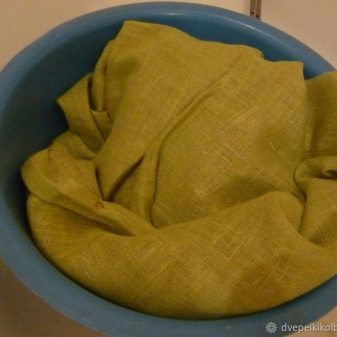
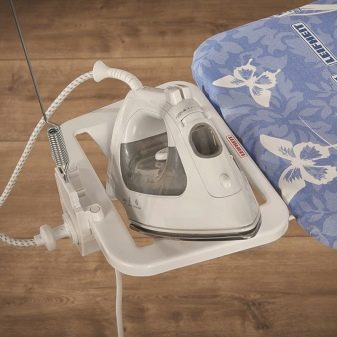
Wool
Modern aniline dyes are best suited for dyeing woolen fabrics. The selected paint is diluted in hot water. Next, the product is immersed in a container with the resulting composition. The liquid is brought to a boil. After 25 minutes, a small amount of acetic acid is added thereto.
If folk remedies are used for dyeing, the fabric is processed in the same way. The finished items are washed with a solution of lemon juice.
It is best to dry painted products in a horizontal position. In this case, they will not stretch and lose their shape.
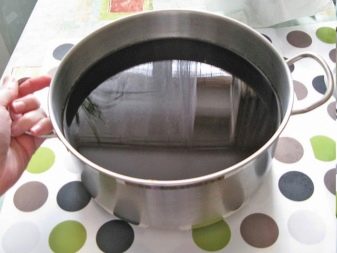
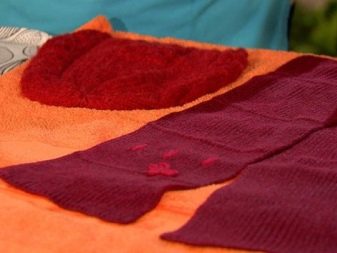
Synthetic
It is recommended to dye such fabrics at home only with synthetic dyes. Things are processed without boiling. The water in the pot is constantly kept within 40 degrees. After half an hour, the container is removed from the stove, and the thing is washed in cold water.
When the product is dry, you can additionally starch it. This will make the color more durable. In addition, a thing made of thin fabric will hold its shape better.
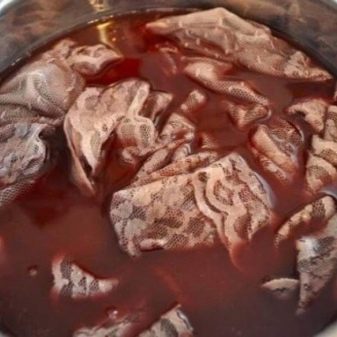
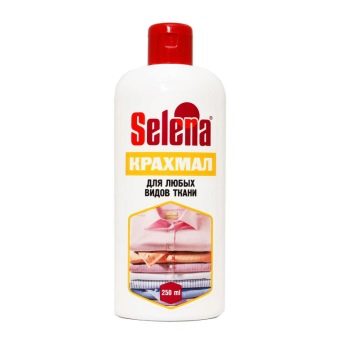
Viscose
Before dyeing viscose, the dye is mixed with common salt. For fabric processing, you can use both artificial and natural colors. The selected product is diluted in hot water. Part of the solution is poured into a saucepan. After that, a viscose product is placed in the container.
After 20-30 minutes, the remaining liquid with the dye is added there. Next, the fabric is boiled for a couple of minutes. After that, the thing is rinsed several times.
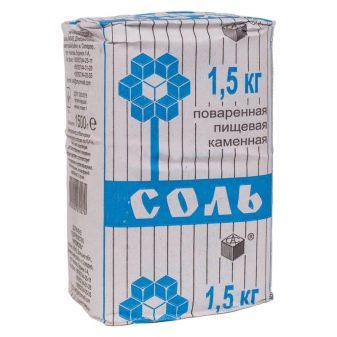
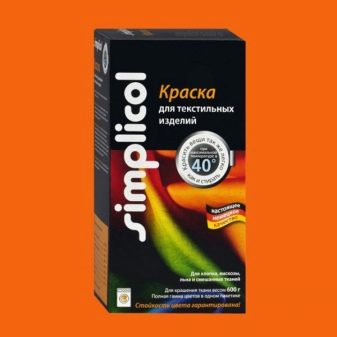
Other
You can also paint other types of fabric at home.
- Polyester. To dye polyester, the item is soaked in a container with hot water and washing powder. After half an hour, it is thoroughly rinsed using water with the addition of ammonia. A special dye for this type of fabric is diluted in a large container. In the process, you must follow the instructions, because the features of using products from different manufacturers differ.
- Sackcloth. This material is painted with water emulsion.The paint is applied to the fabric with a brush. This is done in short movements, "driving" the pigment into the material. The fabric is not completely dyed.
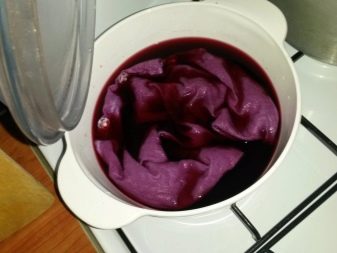
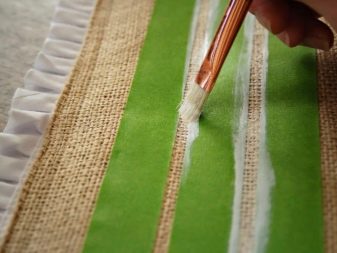
Paint does not hold as well on these fabrics as on other materials.
Painting finished products
Finished products, as a rule, are not completely dyed. They are only decorated with prints or multi-colored patterns. This can be done in several ways.
- Spray. For dyeing the fabric, colored paint in a spray can and a stencil are used. Thus, you can decorate the thing with simple drawings or inscriptions. The main thing is to do this in a well-ventilated area.
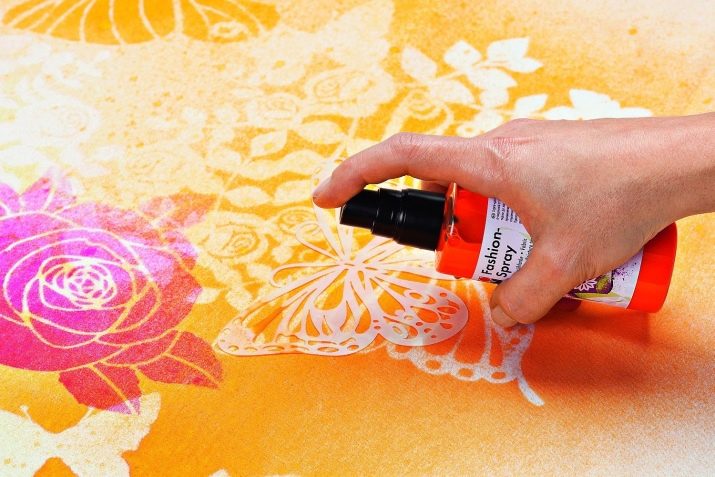
- Acrylic. Working with this material is as easy as working with regular gouache. You can paint with acrylic on white, gray or beige material. The step-by-step staining process consists of several main steps. First you need to sketch with a pencil. Then it is painted with acrylic using a thin brush. After that, the material is allowed to dry. Then another 2-3 layers of paint are applied to the surface of the fabric.
In this way, you can dye not only clothes, but also white sneakers with a fabric base.
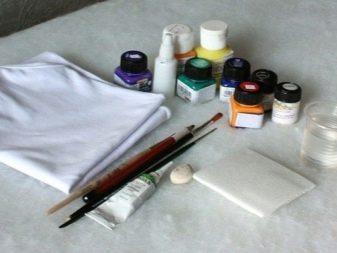
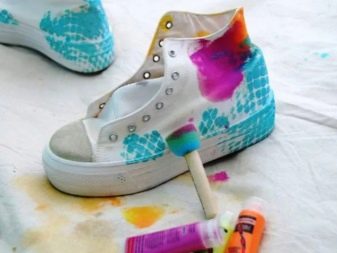
- Fluorescent paints. Such paints will appeal to people who often visit clubs and various parties. The dye can be applied to clothes, bags or backpacks. Stir the paint thoroughly before use. This is done within 3-4 minutes. Then it is applied with a brush or airbrush. The room in which the work is carried out must be well ventilated. After applying the paint, you need to wait until it is completely dry. Next, the thing must be carefully ironed through a layer of fabric. It is very important to select the correct temperature setting for the selected material type. The drawing applied with such paint can be seen only after dark.
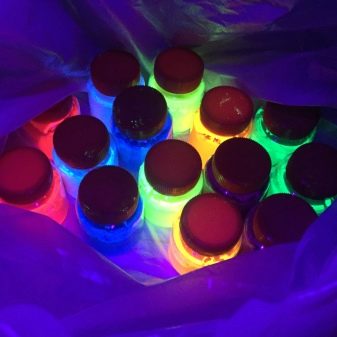
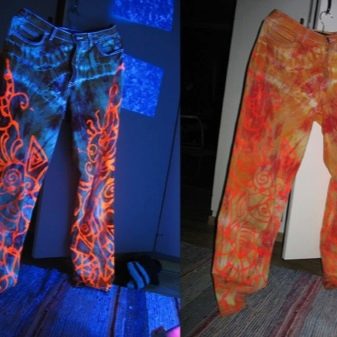
Painting things up is a great way to make them look more beautiful, or to restore them after they have shed or burned out in the sun.
Follow-up care
After dyeing, it is important for fabric products to be properly cared for. A person should adhere to the following rules.
- Painted items must be properly dried. They should not be exposed to direct sunlight. This will cause the product to fade quickly. Especially if it was painted in a bright color.
- The items can be washed in the washing machine. But for the first time, they should not be confused with other things. This can cause the ink to bleed onto the light colored fabric.
- For washing, it is advisable to use a special powder for colored clothes. Do not add bleach to the water. This will only damage the fabric.
- When the color loses its brightness, the staining can be repeated. It is best to use the same dyes for this purpose as last time.

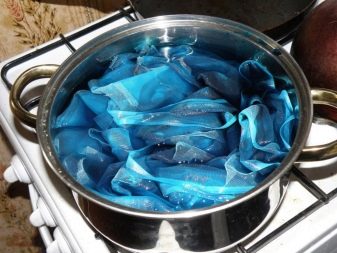
If you do everything right, the achieved result can last for a long time.
For information on how you can dye fabric at home, see the next video.








